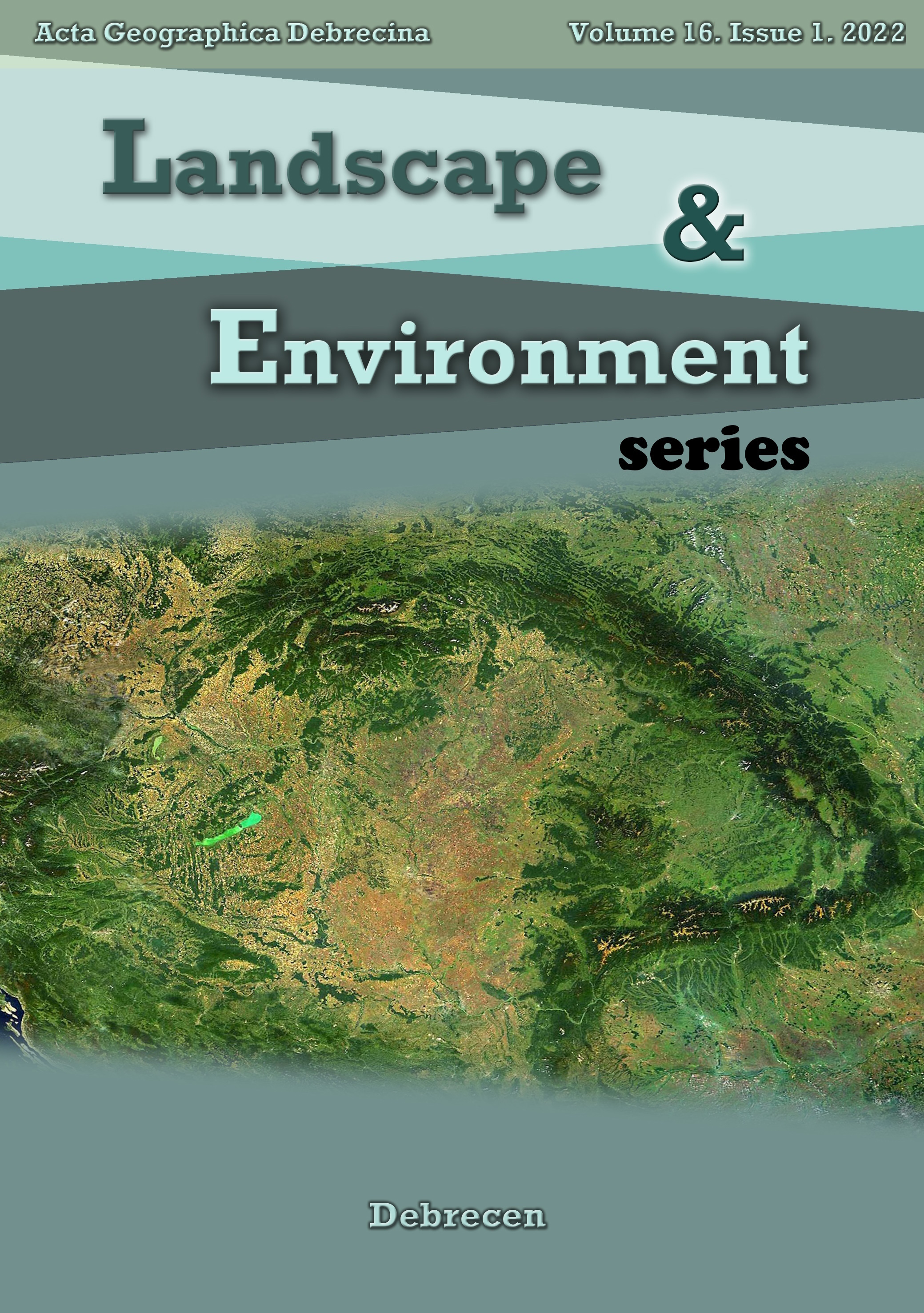Assessment of the vulnerability of zemmouri bay to coastal erosion, diachronic study between 1957 and 2017
Authors
View
Keywords
License
Copyright (c) 2022 Nour el Imène Mouhoubi, Rabah Belkessa, Housseyn Otmani

This work is licensed under a Creative Commons Attribution-ShareAlike 4.0 International License.
How To Cite
Abstract
The analysis and understanding of coastline variability and coastal erosion trends, and accretion are essential to scientists and local decision-makers to guide shoreline management regulations and decisions. This study focuses on detecting and analyzing historical changes in the Zemmouri (Central Algeria) shoreline position between 1957 and 2017. We collected all the necessary data related to the Zemmouri bay to achieve our objective, such as satellite images, aerial photos, and topographical surveys carried out by the DGPS, all between 1957 and 2017 DSAS calculation tool. Diachronic analysis of aerial photographs and satellite images of Zemmouri Bay revealed that only 39% of sandy beaches are eroding while 3% have some stability. The maximum erosion at Mazer East beach is -1.25m/year. The maximum accretion rate of +1.40m/year at Blue Waves beach, mainly due to the implantation of breakwaters at this beach which created tombolos favoring sand accumulation and beach widening.

 https://doi.org/10.21120/LE/16/1/2
https://doi.org/10.21120/LE/16/1/2